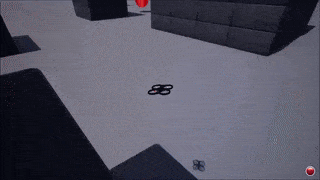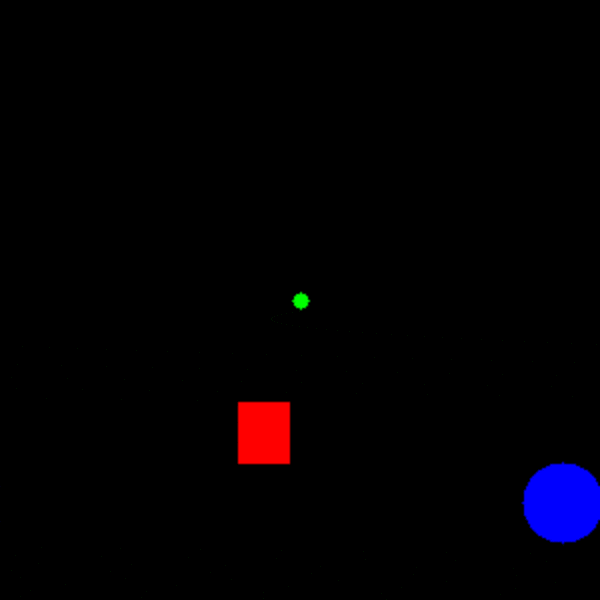
Reinforcement Learning for Navigation
Experimenting with Reinforcement Learning (and going beyond Cartpole) I created an environment with AirSim to learn how to navigate. In the process I also created a faster 2D environment with similar dynamics that included Curriculum Learning features to speed up training. I trained several agents with the Stable Baselines Library and transferred one policy into the AirSim environment. The results of the transferred policy can be seen in the video below.
Reinforcement Learning for Navigation
The process started hooking up the AirSim API to the OpenAI gym interface and training on simple tasks like reaching the target without any obstacles. Then as training agents was taking so long, I created a 2D environment mainly using NumPy and Shapely that supported many different configurations. The new environment meant a x100 increase in training speed, so we could approach more complex tasks. A visualization of the agent learning in the 2D environment can be seen in the GIF below.

The environment was designed to work independently of the map size and the obstacle positions, and it supported a Curriculum Learning mode that increased difficulty as the agent progressed. It also supported Sparse and Dense Rewards and Discrete and Continuous actions. Finally after training different seeds for 60M timesteps in a complex setup, I took the best performing policy and deployed it on an agent in the AirSim environment. The agent was able to retain some performance even tho the dynamics were different and some of the successful trajectories are shown in the video at the top. For more information on the whole experiment head to the Master Thesis links at the bottom of the post.
The development of this experiment led to a paper published in the 27th European Signal Processing Conference, EUSIPCO 2019 and to the writing of my Master Thesis for the Master of Signal Processing and Machine Learning in Universidad Politécnica de Madrid. The links to both documents are below as well as the link for the code of the environment.

link to Master Thesis: link
link to Paper: link
link to Code: link